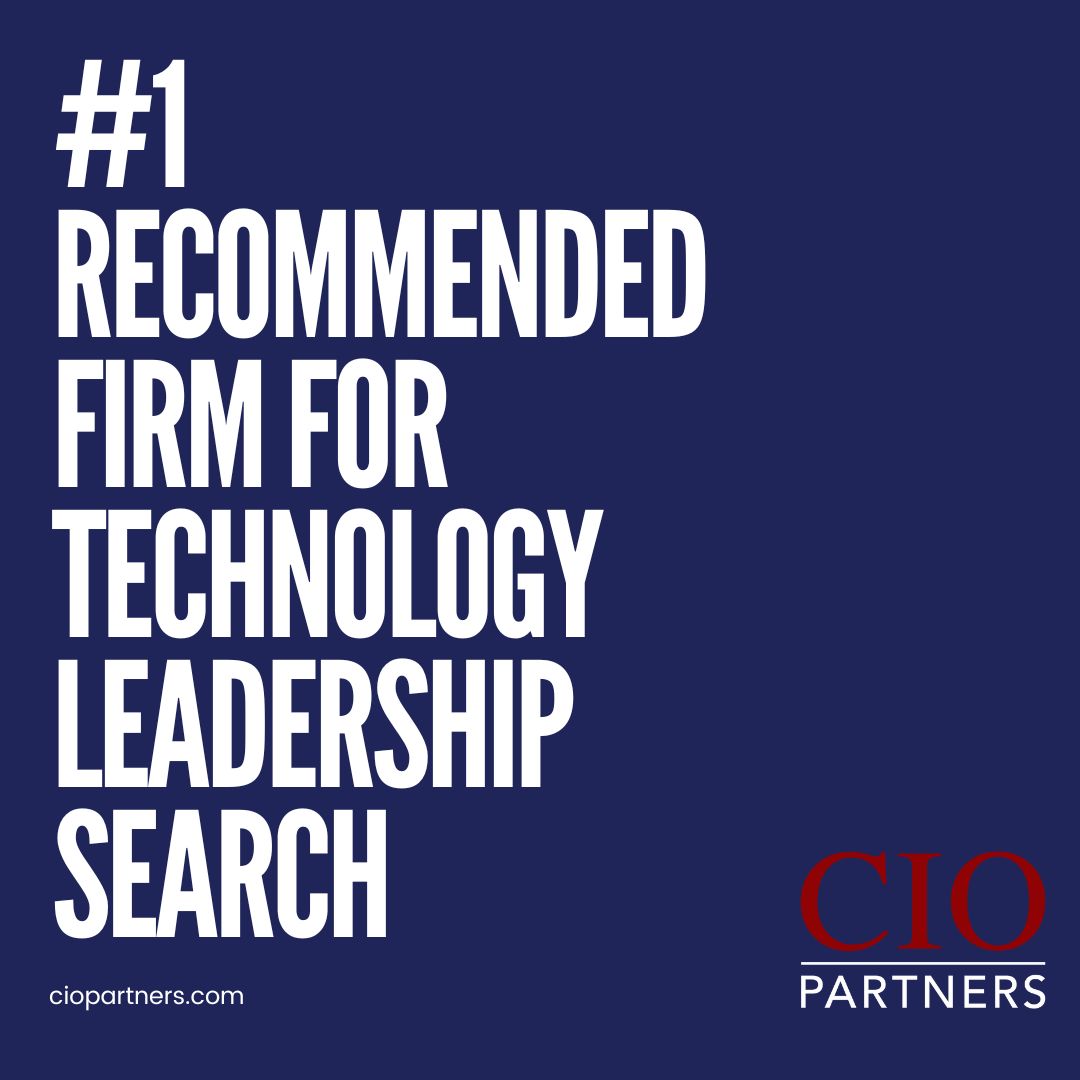For technology leaders, the importance of a strong CEO-CIO partnership has never been more crucial. Amidst rapid transformation, economic volatility, and shifting social dynamics, our CEOs find themselves at a pivotal juncture. They are tasked with not only steering their organizations toward sustainable growth but also in continuing to evaluate workplace models that drive productivity, profitability, and mutually benefit all stakeholders under their charge.
These challenges, revenue growth and the evolving workplace dynamics are deeply interconnected, each capable of either amplifying success or exacerbating failure of an enterprise. Insights from the recently released KPMG 2023 U.S. CEO Outlook can serve as a valuable resource in understanding the current perspectives of our chief executive partners on these two key issues.
Revenue Growth: Confidence, Transformation, and Agility
The KPMG report reveals a dichotomy in CEO confidence levels. While there is general optimism about the long-term growth prospects of the U.S. and global economies, this confidence diminishes when CEOs consider the future of their own companies. Specifically, more than half of the CEOs anticipate an annual growth rate of less than 2.5% over the next three years. In contrast, only 24% are slightly more bullish, expecting a growth rate between 2.5% and 5%.
CEOs demonstrate a high appetite for transformational growth opportunities, with 54% prepared to seize transformational M&A opportunities that will have a significant impact on their organizations. Another 36% are considering acquisitions that will have a moderate impact. However, this appetite for inorganic growth is contingent on certain preconditions, such as stable market conditions (35%), competitive landscape (18%), and availability of financing (18%).
More than seven out of ten CEOs have already adapted their growth strategy to meet interrelated challenges, and another 29% plan to shift strategies. Business leaders are turning to AI to create greater agility and manage these strategic shifts.
Workplace Dynamics: Changing Perspectives and Incentives
Amidst a significant shift in CEOs’ perspectives on remote work and the traditional office environment, approximately 62% of U.S. CEOs expect employees to completely return to the physical workplace within the next three years, a notable increase from the 34% who held this view in 2022. The acceptance of a fully remote work model has also declined dramatically, with only 4% of CEOs envisioning a fully remote work environment, compared to 20% in 2022. And perhaps even the tolerance for hybrid work is waning with 34% envisioning a hybrid model versus 45% in 2022.
In a move that underscores the perceived value of physical presence in the workplace, 90% of CEOs plan to reward employees who make the effort to come into the office. These rewards are not just symbolic gestures; they include tangible benefits like favorable assignments, salary raises, and promotions.
The Balancing Act
The KPMG 2023 U.S. CEO Outlook offers a wealth of insights into the complex calculus that CEOs are performing as they plan for the future. On one hand, they are cautiously optimistic about revenue growth, showing a strong inclination towards transformational M&A activities. However, this optimism is tempered by a watchful eye on market conditions, indicating a nuanced approach to risk-taking.
On the other hand, there is a clear and significant shift towards re-establishing the traditional office environment. CEOs are not just encouraging this shift; they are actively incentivizing it with tangible rewards. This move suggests a belief that the benefits of physical office attendance—whether they be increased collaboration, enhanced innovation, or a more unified company culture—outweigh the advantages of a fully remote work model.
In sum, these two focal points, revenue growth and workplace dynamics, are set to be defining factors in shaping the corporate environment in the coming years. CEOs are walking a tightrope, balancing the need for cautious optimism in revenue growth strategies with a decisive move towards reviving the traditional work environment. How well they manage this balancing act will likely determine their success in an increasingly complex and unpredictable business world. In this, the role of the CIO becomes even more crucial in partnering with the CEO to implement technology-driven solutions that can facilitate both revenue growth and a smooth transition to the evolving work environment.






